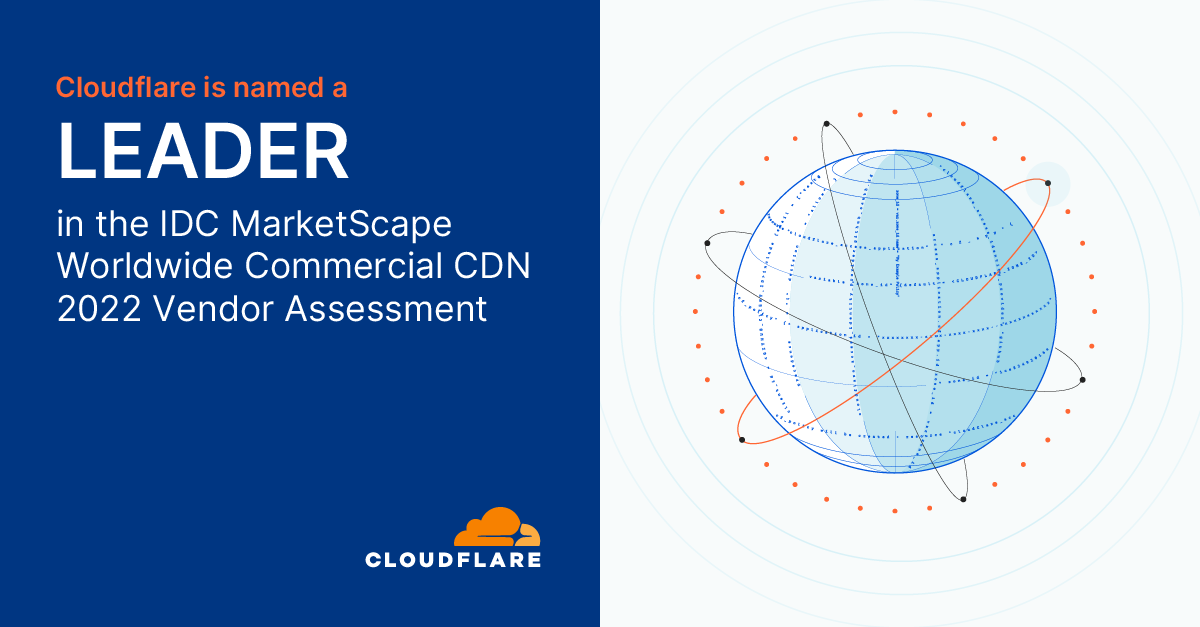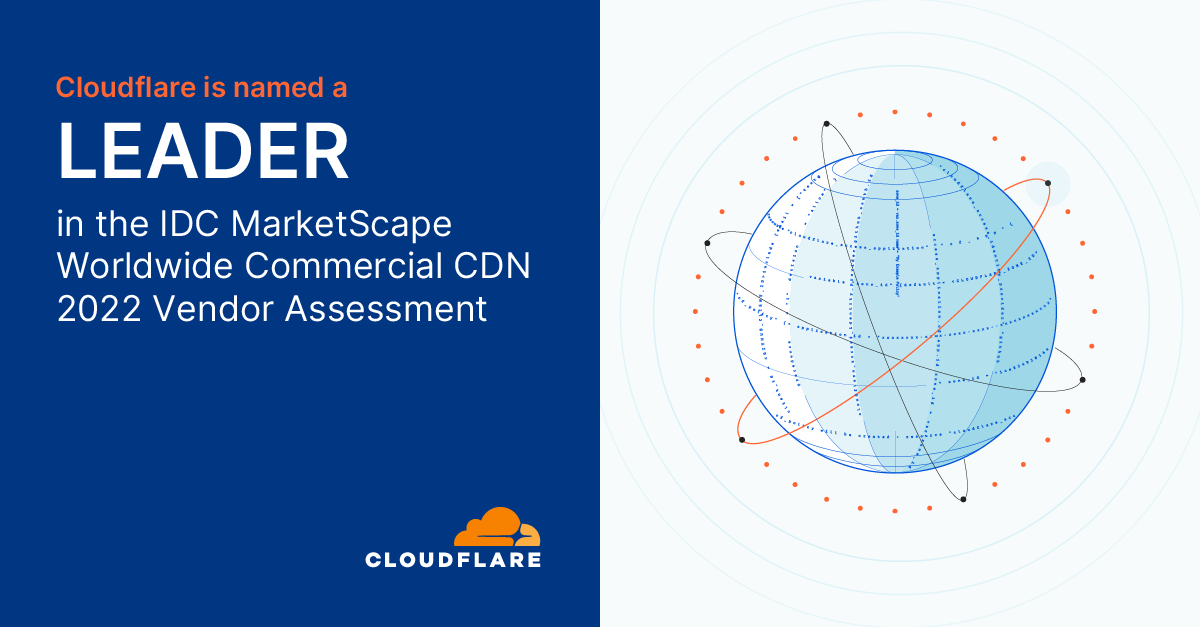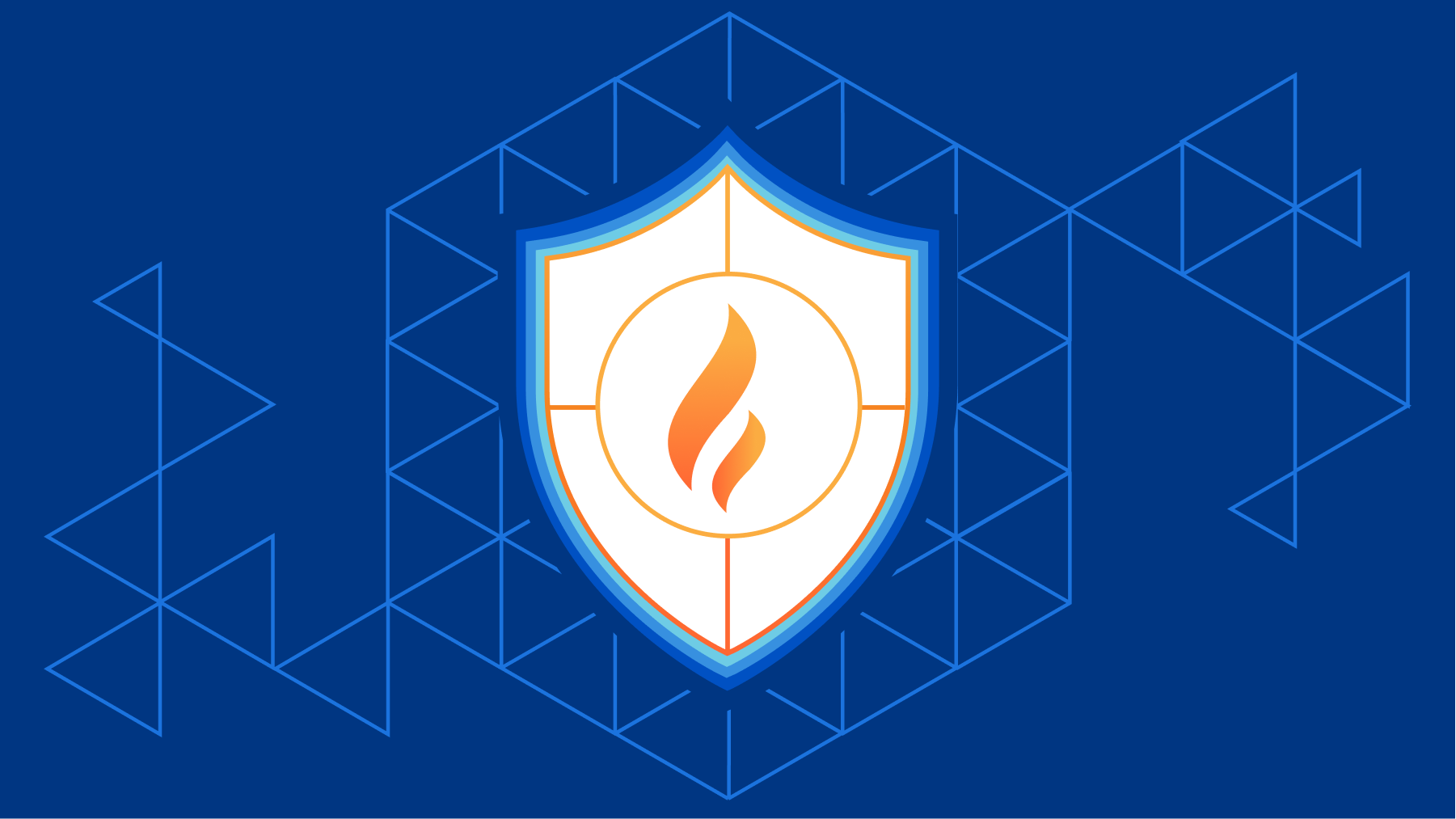On findingballoons in data center networks micro-detection using adaptive ➰ feedback loops ♻
Using #SRLinux for flexible decentralized DDoS attack detection #SecDevOps
Distributed Denial of Service (DDoS) attacks continue to be a major problem for many network operators and their customers. As in most networking problems, the key issue is scale: Attackers are able to mount an amplified attack using many (N) sources to send large (M) payloads to a single (1) target server, causing link and CPU saturation and system overload
N*M >> 1 ~> overloaded system(s) and unhappy customers
Much like security in general, solving DDoS attacks is a continuous process, not a one-time product or solution deployment. While most operators have deployed DDoS mitigation solutions, there will — unfortunately — always come a time where the current solution falls short, and something else or more is needed.
#DevSecOps: Shortening feedback loops

Back in 2011 Peter Phaal wrote a blog about “Delay and stability”. Even though more than a decade has passed since, one can easily see how triggers like AWS outages haven’t changed — these points remain relevant and valid today:
✅ Measurement(observability) plays a critical role in data centers; it is the
foundation for automation (more on this Continue reading


 addresses these challenges with a holistic approach to cloud networking including both the switching fabric and the compute virtualization fabric. I then explain how the Pluribus Netvisor® ONE network operating system (OS) integrates with the NVIDIA® Bluefield® data processing unit (DPU) hardware architecture to deliver a Unified Cloud Fabric across any workload environment (including ESXi, Hyper-V, Xen, KVM, bare metal, and Kubernetes), provide a zero-trust administration model between compute and network, and radically simplify the networking stack running on the server OS with better overall performance and lower TCO. Finally, I review the initial set of use cases Pluribus is delivering with the Early Field Trial (EFT) program starting next month.
addresses these challenges with a holistic approach to cloud networking including both the switching fabric and the compute virtualization fabric. I then explain how the Pluribus Netvisor® ONE network operating system (OS) integrates with the NVIDIA® Bluefield® data processing unit (DPU) hardware architecture to deliver a Unified Cloud Fabric across any workload environment (including ESXi, Hyper-V, Xen, KVM, bare metal, and Kubernetes), provide a zero-trust administration model between compute and network, and radically simplify the networking stack running on the server OS with better overall performance and lower TCO. Finally, I review the initial set of use cases Pluribus is delivering with the Early Field Trial (EFT) program starting next month.








